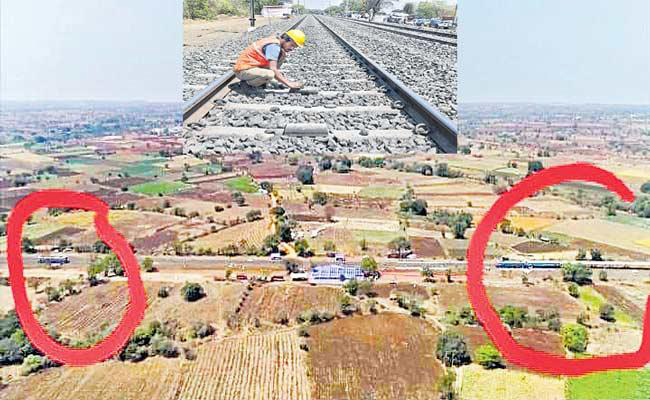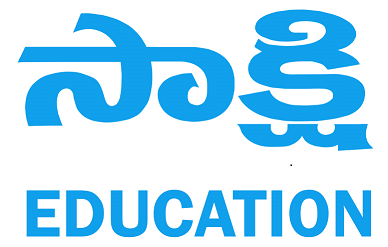Kavach Technology to prevent train accidents!

Union Railway Minister Ashwini Vaishnav, Railway Board Chairman and CEO Vinay Kumar Tripathi participated in the test conducted by Indian Railways on March 4. The shield technology, originally named T-CAS, has been under experiment for eight years. Recently it has been fully developed under the name 'Kavach' as part of Make in India.
GK Sports Quiz: Which country will host the 2022 Winter Olympics?
On March 4, the area between Gollaguda and Chittigadda, the train was speeding from one side at a speed of one hundred kilometers per hour. On the opposite track on the same track the locomotive engine is coming at a speed of 80 km / h. The distance between the two is only 600 meters. However, neither brakes were applied. But both of them automatically slowed down while watching. They stopped at a distance of 380 meters between the two. This means that oncoming trains stop without the involvement of the brakes and without the intervention of loco pilots. This is due to the ‘armor’ technology created with complete indigenous technology.
GK Important Dates Quiz: On which day the Martyrs' Day of Mahatma Gandhi is observed every year?
Speaking on the occasion of the success of the Kavach test, Minister Ashwini said, "We will set up the kavach across the country along a length of four and a half thousand kilometers annually." Kavach technology costs between Rs 40 lakh and Rs 50 lakh per kilometer. The same European technology costs up to Rs 2 crore per kilometer. Moreover this technology is more effective than them. That is why we are exporting it to abroad, ” he said.
GK Persons Quiz: Who has been appointed as the new chairman of IIFL Finance?
The speed limit is 20 km / h when traveling on a loop line. The locomotive pilot tried to run faster but the train slowed down on its own. The maximum speed of a train on a large turn does not exceed 30 kilometers per hour. If you run faster than that, the train will automatically slow down.
How does the Kavach work? Which company designed it?
The kavach technology has been developed by the Railway Research Institute ‘Research Design and Standard Organization (RDSO)’. Some domestic industries manufacture and supply equipment. In 2013, under the name of Train Collision Avoidance System (TCAS), experiments were done between Vikarabad-Wadi-Sanath Nagar sections.
Special shielding machines are installed at railway stations and on trains. RFID tabs are mounted on the track at a rate of one per kilometer. Towers 40 m high are set up at designated locations for radio frequency signals. Communication tower, GPS, radio interface are all integrated. All this knowledge is constantly scrutinizing trains. The information is displayed on the screen in front of the locopilot. In case of any minor problem, immediately will be alerted to the locopilot and the officers in the station. Mutual information can also be sent through this system.


















